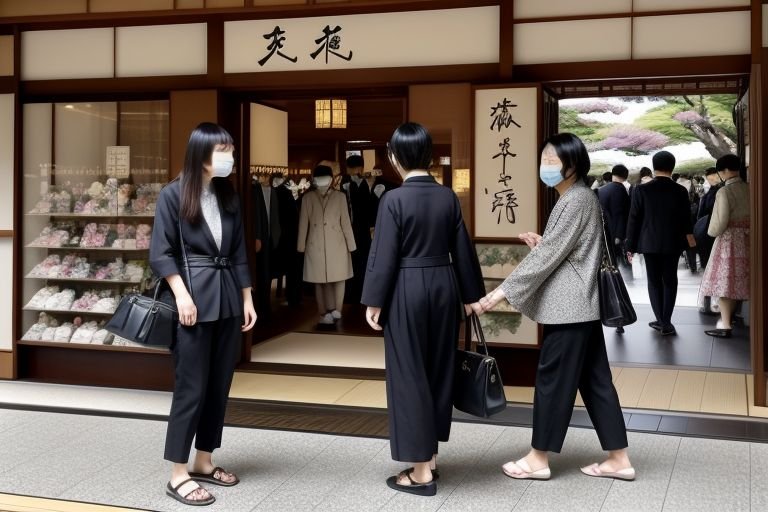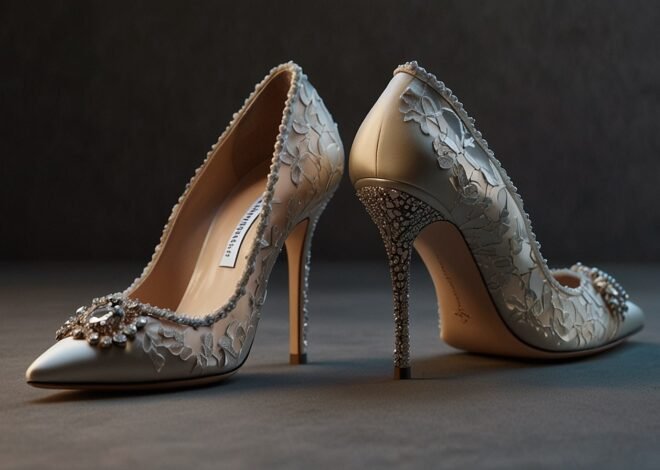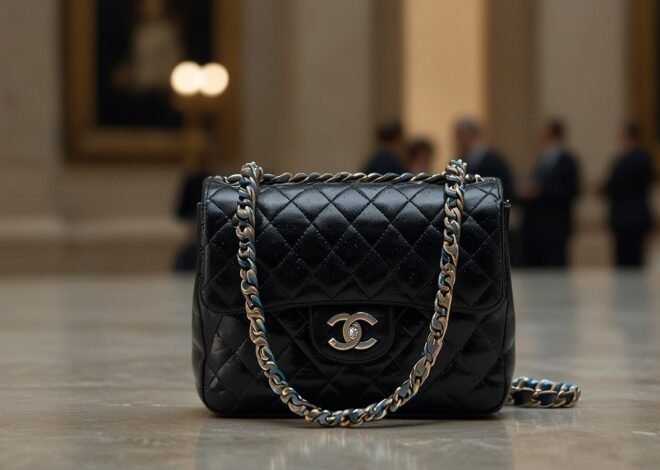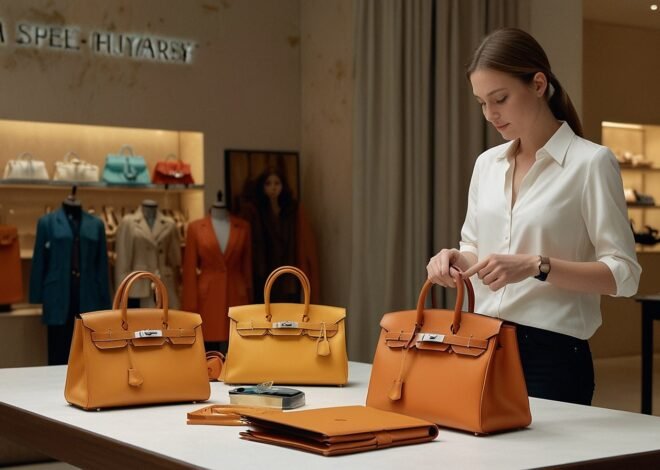
Luxury Brands Raise Prices In Japan As Tourist Spending Surges
As everyone did not expect, cut and thrust in the façade of remote control, luxury brand is now raising prices in Japan since tourist expenditure jumps as yen weakens. This has made Japan to be one of the most favorite destinations for luxury brands location, especially for Chinese customers who are willing to take their advantage on the exchange rate.
Some of the big luxury groups such as LVMH Moët Hennessy Louis Vuitton, whose clients include the Japanese customers, Hermès, owner of Cartier through Richemont and Gucci through Kering have all raised prices in the Japanese market. These strategic moves are in response to yen depreciation the yen has sunk to its lowest level against the dollar since 1986 and against the euro since 1990.
Due to the current feeble value of their currency, the Japanese have noted that their country is presently the more favorable market for purchasing luxury goods in terms of cost. This has partially made many luxury brands’ to post a significantly improved sales revenues especially as they struggle to record improving revenues in other parts of the world. For instance, LVMH said the company has posted stunning 57per cent increase in sales in Japan in the second quarter this year helped by Chinese tourist arrivals.
In an interview, Armelle Poulu – the Chief Financial Officer of Kering said that most of the companys ‘houses adopted price hikes as a tactical measure to counter the weak yen. Likewise, Hermès Chief Executive Officer Axel Dumas said that the company does price adjustments based on inflation as well as foreign exchange rates, saying “We are already taking measures to cover ourselves for exchange-rate levels.”
The effect of such trend is clearly observable in Ginza-Tokyo, the high-end shopping area in Japan that has all leading luxury brands plan to cater increased traffic from international tourists. Mitsukoshi and other such landmarks in the luxury niche have revealed that they now get a greater number of foreigners accessing their stores hence the overall addition to luxury sales.
Statistics show that annual foreign tourists’ expenditure exceed 2.1 trillion yen on their trip to Japan from April to June; among them, Chinese’s consumption is close to 21%. The Japanese government expect this trend, and have estimated that the total expenditure by foreign tourists could touch a fantastic eight trillion yen by year end.
However, this sales growth is not without its attendant problems for luxury brands. That’s the good news; it does have consequences in relation to keeping consistent price maps on sectors and regions while keeping full margins of profit. This was apparent even to Jean-Jacques, the CFO of LVMH, who admitted: ‘We are satisfied with the growth rate achieved in Japan but it costs us a substantial amount in terms of profits and margins’.
This appears to be the case in Japan evidencing that the situation for luxury brands is far from uncomplicated in other markets, especially China. New reports show that even traditionally successful brands have struggled within the Chinese market. For example, Shiseido Co. Ltd., the prominent cosmetics company based in Japan noted a drop in the price of its stock after midyear earnings dependent on the restructuring cost and downfall of Chinese market.
This variation in market performance is a clear illustration of the challenging environment which luxury brands have to operate in the current world economy. That is why despite Japan being the bright spot with rapidly increasing sales the rest of Asia, and China in particular remains problematic for many luxury brands.
This is not only for fashion accessories or luxury foods; in Japan there has been a boost in the luxury sectors. The country’s hospitality industry is also carved out of this trend with high end hotels and restaurants reporting high occupancy from the international visitors looking for luxury travel holidays.
The sceptics also expect that this was likely to persist in short to medium term all things considered the yen, particularly if other major currencies strengthen further. But at the same time they also warn that luxury brands will have to exercise a great deal of discretion in price policies and ensure that the consistency between the domestic and the international is not lost.
The Japanese government has not underestimated this luxury tourism bonanza, and is even mulling the ways to bolster this trend further. There are considerations for the future conversation about the strengthening of duty free concept and easier visa rules for wealthy clientele from target markets.
While doing so, the luxury brands are also focusing on improving the total shopping environment inclusive of Japanese and the international consumers. It is the time many are redesigning their brand shops, launching a variety of products available only in Japan to expand the existing flagship stores, and applying digital technologies to design an integrated shopping experience.
But it is also a boon for the local economy in Japan as it has led to generation of employment primarily in the retail, restaurant, and other allied sectors. For the artisans and craftsmen that are contributing to the supply chains of the luxury brands we see that there is growing demand of their work, which can lead to the synfay of kogarimonyu – traditional Japanese craftsmanship.
Luxury manufacturers, economists and other policy makers will be watching this phenomenon develop as it unfolds in the future. The oversupply of luxury goods to the Japanese market today is evidence by current trends supports the notion that global retail landscape is fluid and constantly changing and assertiveness of strategic pricing and positioning in the current global luxury market.


